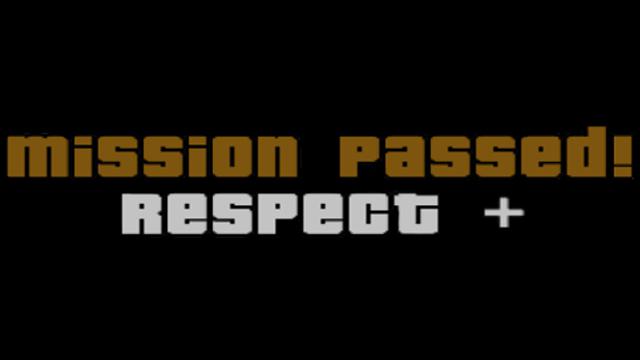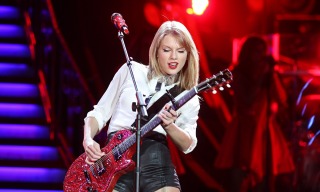How to Order Your Effects Chain
4 min readYou have written your guitar track and the notes are spot on. It sounds rough around the edges so we need to add some effects and processing to it but, there’s much to do and in what order? For example, what are the benefits of reverb before/after compression? Do I EQ before reverb? Where should I add that tasty crunch?
This is my own opinion and what I’ve found works well for me…
The way I look at it, we want to emulate the most natural sound possible. The first way to do this is imagine an acoustic guitar playing in a room. We have the sound coming from the instrument, which sounds a certain way. The sound then goes out and interacts with the room and naturally reverberates according to the room’s physics.
By emulating the sound that would be naturally created, you get a really nice “realistic” perception of the music. I call this emulating the “acoustic signal chain”
To emulate this, you would want your guitar track first (duh). Then you would want to order it in the same way it would be ordered in real life. So let’s say you want to change the tone of the guitar, you would do this EQ’ing immediately. This means you are EQ’ing an otherwise dry signal so it could, without any effort, be perceived as the tone of an unaltered instrument.
Now we want to emulate the sound of it playing out into a room. This is where you would add the reverb to match the kind of room you’d like to emulated. With a bit of maths, the pre-delay can be calculated for whatever room size you like (sound goes at 343ms-1).
With this example we are almost done, time to EQ the reverb to suit the room and touch up the sound.
That was the simplest example I can think of. I’m going to go on to describe a more complex approach with compression and more effects. This would be more like what you would do in a mix with other instruments or, for a pro sounding mix on a solo instrument.
We shall start with a different source this time, a nice leading electric guitar, it’s about to go into a solo and the tasty, tasty notes need to sound good. What we will be doing here is looking how a guitar is set up on stage, the lead goes out, through the effects pedals, into amp, picked up by microphone, into the PA which projects out into a room which effects the sound some more.
So we shall imagine a lead guitarist in the studio, the self-proclaimed G-O-Double-D of the universe. The Kanye West of actual musicians. This is where a bit of knowledge of each instrument helps. For example, a guitarist would tend to place his distortion pedal first as it would otherwise amplify and muddy up other effects. Let’s give him a chorus pedal, immediately after the distortion. And, finally we shall be kind enough to give him a wah pedal.
All these pedals can be real, or they can be virtual. If you are using a VST instrument, the effects you choose would have to be virtual too.
All good electric guitars need a gorgeous amplifier. Again this can be mic’ed up for real or it could be a virtual amplifier. Doesn’t matter, the signal chain works in the same order. This is the stage where you want to get as much of your tone sounding right as possible. Sound engineers always say how hard/impossible it can be to fix a recording after the amplifier stage. Having said that, in a live environment, the amp would be mic’ed up and may well go through an EQ and compressor at this stage.
I have a personal preference to compressing after the EQ but each individual has a different preference on this one. Alternatively, it should be noted that there are guitar pedals designed for compression and if it is desirable, it could be placed after the wah pedal (to remove the harsh dynamics as it sweeps up to the high frequencies). Putting a compressor at both stages would also be acceptable, especially if the dynamics aren’t as important to you and you want every bit of the solo to be as loud as possible.
After it has been sent out the PA, the signal disperses out into the room and interacts in the same way as with the acoustic guitar example. This is where to put reverb.
I should note that I used to write songs where each instrument had a different reverb and they never sounded natural. It is often-times more pleasing to the ear if all instruments sound like they are playing in the same room. By placing the reverb on bus groupings, it can sometimes sound significantly better than by tweaking it for each track. Exceptions to this may be vocals, especially lead, and the guitar solo above, which may want different levels to stand out a little bit.
Part 2 with more on this subject coming Soon!!!!










